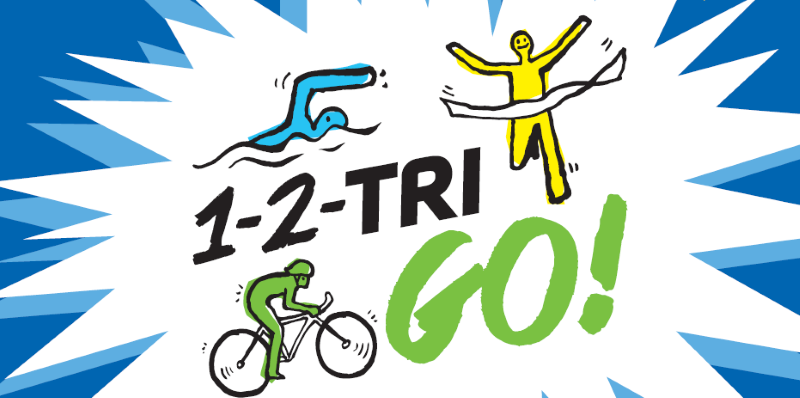November 29, 2019 | by Ashley Page, Pilates Instructor
Exploring multiple different methods of training is an important part of becoming a better athlete (everyday or pro!). Pilates offers a plethora of benefits such as increased strength, flexibility, balance and coordination, including its attention to the feet.
PRIORITIZING YOUR ROOTS
Our feet — each having 26 bones in the foot and ankle, 33 joints and more than one hundred tendons, muscles and ligaments — are what ground us to the Earth. With the help of proprioceptors (cells in our body that allow us to know where we are in space), our feet send messages to the brain including information about balance and stability.
Proper mobility in the feet is so important because our feet are our foundation. When there are any limitations there, it can have an effect going up the rest of the body. If you think of building a house, creating a strong foundation ensures the rest of the structure is stable on top. Our bodies are the same! Our feet should act like springs (compression as we step down and release as we lift up) as they help with propulsion and shock absorption, and act like a pump to bring fluids back up to the heart.
They do so much for us, but can you think of the last time you spent 10-15 minutes working on strengthening the muscles of your feet? Most of us don’t until we experience pain, and for those of you that have experienced a foot or ankle injury, you know firsthand how it affects your gait and movement patterns.
Though many people have an understanding that Pilates “works the core,” there is actually a lot of emphasis placed on proper alignment during exercises — which starts from the bottom.
Footwork in Pilates can feel great because for most of our day, our feet are contained in shoes that are often restrictive of normal movement and we are on hard surfaces; it helps to prepare the body for work, wakes up the posterior chain (think glutes, hamstrings) and works on creating your very own internal support for the feet. This helps with building strength, stability and flexibility in our lower limbs and that, in turn, encourages better biomechanics.
TRY IT FOR YOURSELF

- PRACTICE YOUR FOOTWORK – Want to practice some easy footwork at home? Stand or sit in a parallel position and using your toes, pick up pencils, balls or other light objects. Start with your right foot, then try the left and pay attention to the differences between the sides. This will help improve circulation, proprioception and flexibility, and will help to move your feet like your hands do.
- LEARN THE PIANO – Another option is to try piano scales with your toes. Stand or sit on a chair and place your foot on the floor. While balancing on your heel and lifting your arch and toes off the floor, place one toe down at a time, starting with the big toe. Once the foot is flat, lift one toe up at a time. This might be harder than you think, but it is a great way to strengthen the toes and feet as well as articulation through each toe.
- PRACTICE THE ALPHABET – Lying down, you can also try writing the alphabet in the air with your feet. First try writing the alphabet in capitals and then try writing them in lowercase. If you want a challenge, have someone apply some pressure to your foot with their hand as you draw your ABC’s. You might be surprised at how fatiguing this can be!
- MIMIC A REFORMER – In a standing position you can also do some work similar to what you might do on a reformer (one of those fancy and fun Pilates machines). With one hand, hold onto something for balance, have your knees hip distance apart and imagine standing in between a wall so that your whole body stays upright. Then, lift both feet up onto the balls of your feet and slowly lower them down. Continue to do this movement 10-15 times. If you would like to increase the difficulty, do this without your hand to keep you stable, close your eyes or try this with just one foot.
If you’d like more ways to move your body or if you are experiencing any barriers with your training/ activities of daily living, Fortius Sport & Health’s Clinical Pilates team is here to help. Contact the Sports Medicine Clinic team today for information on one-on-one or group sessions.
Fortius is also revitalizing its Pilates Mat classes in 2020 with a new, flexible booking model, more class times and a new Pilates Flow fitness-based class. Learn more on the Fortius Sport & Health website.




